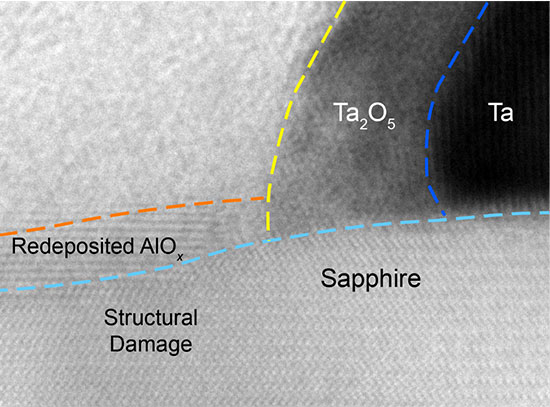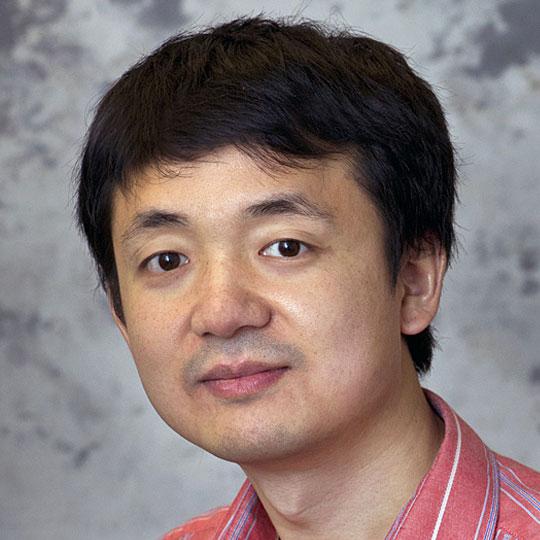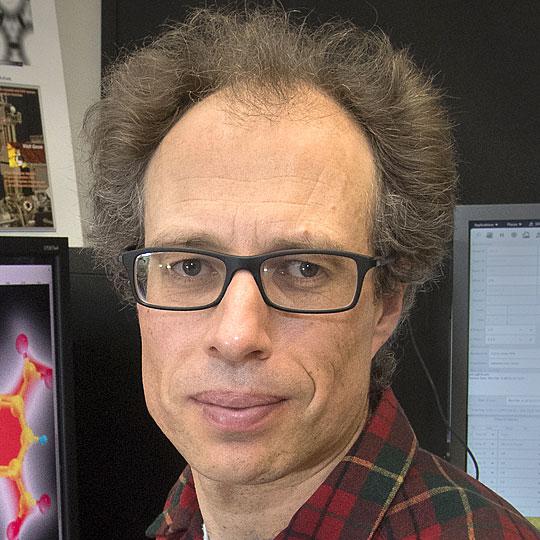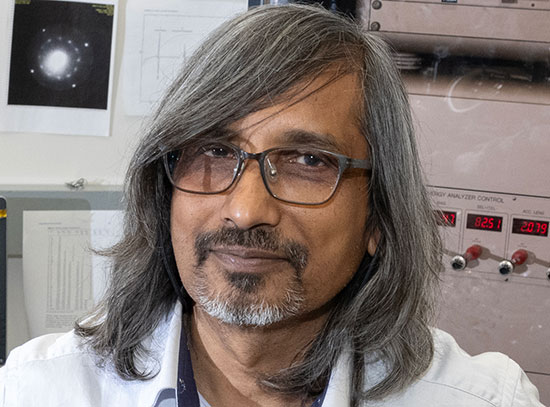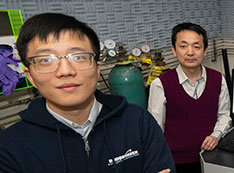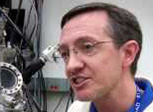- Home
- Facilities
- Research
-
Working at CFN
- Arrival & Departure
- Reports & Publications
- Acknowledging Use of CFN Facilities
- Data Management
- The Guide to Brookhaven
Safety Procedures
- Operations Plan
- Experimental Safety Reviews (ESR)
- COSA Training
- Hours of Operation
- Laser System Qualification
- Transport of Hazardous Materials
- Vendor On-site Scheduling Procedure (PDF)
- News & Events
- People
- Jobs
- Contact
- Business
- Intranet
Interface Science and Catalysis
State-of-the-art capabilities to synthesize functional surfaces and interfaces
Physical and chemical interactions at material surfaces and interfaces play important roles in electronic and energy storage devices, the chemical industry, and environmental processes. New technologies will be realized by understanding—and ultimately controlling—these interactions on the atomic scale. Through our research program in interface science and catalysis, we develop and apply state-of-the-art capabilities to synthesize and study functional surfaces and interfaces. To explore their structure and chemical composition during dynamic physicochemical processes, we leverage a suite of in situ and operando instruments capable of high-resolution imaging and spectroscopy. Using well-defined ultrathin films—including superconductors, 2D materials, nanoporous oxides, and metal-organic frameworks—we conduct fundamental research in catalysis, chemical separation, and quantum information science.
Associated Group Facilities
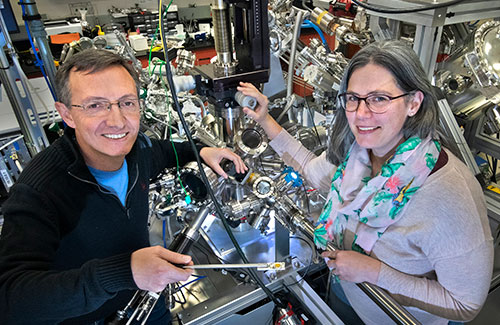
Proximal Probes Facility
The Proximal Probes Facility consists of laboratories for microscopy, spectroscopy, and probing of nanostructured materials and their functional properties. At the core of the facility is a suite of instruments for in-situ microscopy and spectroscopy of surfaces and nanostructures under operating conditions, e.g., in reactive gases, or applied voltages at high or low temperatures. Unique instruments enable in-situ and operando studies of surface chemistry and catalysis at pressures from ultrahigh vacuum (UHV) to 5 bar via complementary scanning tunneling microscopy imaging, photoelectron and vibrational spectroscopy, coupled with real-time gas analysis. Several UHV systems are available for scanning tunneling and atomic force microscopy, as well as low-energy electron microscopy and synchrotron photoelectron microscopy. A UHV nanoprobe system allows electrical transport measurements on individual nanostructures.
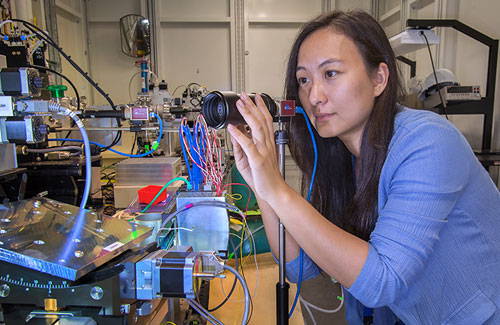
Advanced UV and X-ray Probes Facility
The CFN operates multiple endstations at the National Synchrotron Light Source II (NSLS-II) for nanomaterials characterization. An aberration-corrected low-energy electron /photoemission electron microscope (AC-LEEM/XPEEM) allows high-resolution spectro-microscopy of surfaces. Two complementary x-ray scattering endstations allow structural probing of complex materials at the molecular and nanoscale.




